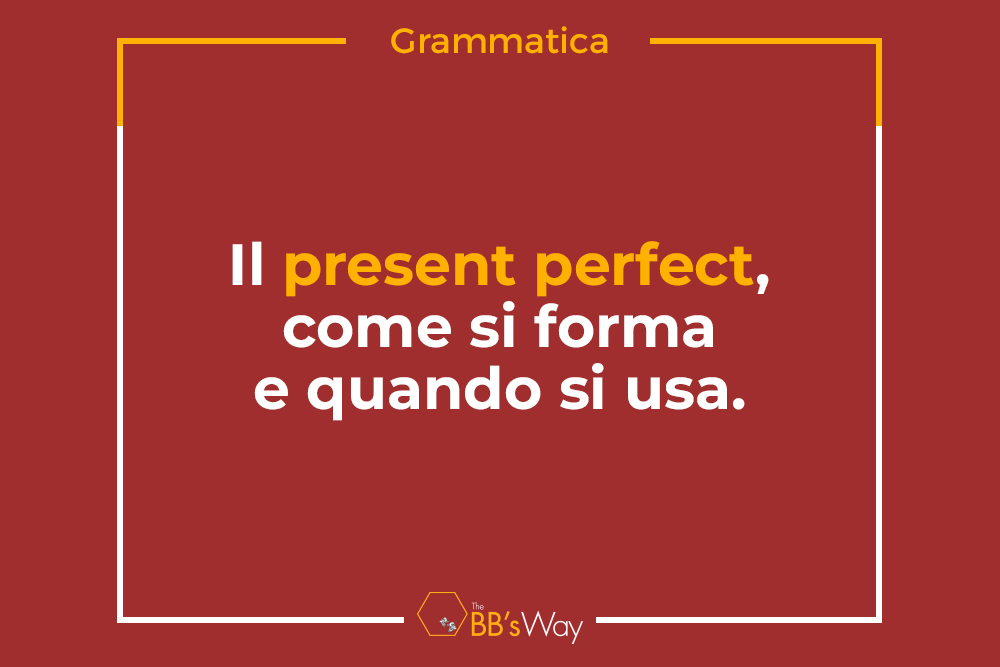Il present perfect, come si forma e quando si usa
Magazine grammatica inglese Mercoledì, 11 Novembre 2020

Il present perfect si usa quando un’azione passata recente ha una connessione e un effetto sul presente.
Si forma utilizzando l’ausiliare “have” o “has” (per la terza persona singolare) più il participio passato.
es.
I have bought a new book.
She has forgotten her ticket.
Per creare la forma negativa, si deve aggiungere “not” all’ausiliare.
es.
I haven’t finished reading this book.
She hasn’t found her ticket.
Per creare la forma interrogativa si devono invertire il verbo ausiliare e il soggetto.
es.
Have you bought a new book?
Has she found her ticket?
Quando si usa il present perfect?
Il present perfect esprime un'azione passata che ha un effetto/una conseguenza sul presente.
es.
I’ve bought a new book. (Ho un nuovo libro adesso.)
She’s forgotten her ticket. (Non può entrare nel teatro adesso.)
Il present perfect esprime un’azione avvenuta in un passato recente in un tempo non specificato. Alcuni avverbi quali just, already, yet offrono una chiara indicazione della necessità di usare un present perfect e non un altro past tense.
es.
The taxi has just arrived. (È appena arrivato. Ora è fuori ad aspettarci)
I have already eaten lunch. (Ho già pranzato e ora non ho fame.)
Si usa l'avverbio yet nelle frasi interrogative e negative.
Significa “non ancora” nelle frasi negative e “già” nelle frasi interrogative.
es.
The bill is in my bag but I haven’t paid it yet. (Ho la bolletta nella mia borsa, ma non è ancora stata pagata.)
Has she finished her homework yet? (Voglio sapere se i compiti sono finiti ora.)
Esercizi present perfect.
Crea delle frasi con le parole indicate coniugando i verbi al present perfect:
-
My wife / start / a new job.
-
He / cleaned / his shoes.
-
It / stop / raining.
-
I / not finish / reading / the newspaper yet.
-
Chris and Sarah / arrived yet